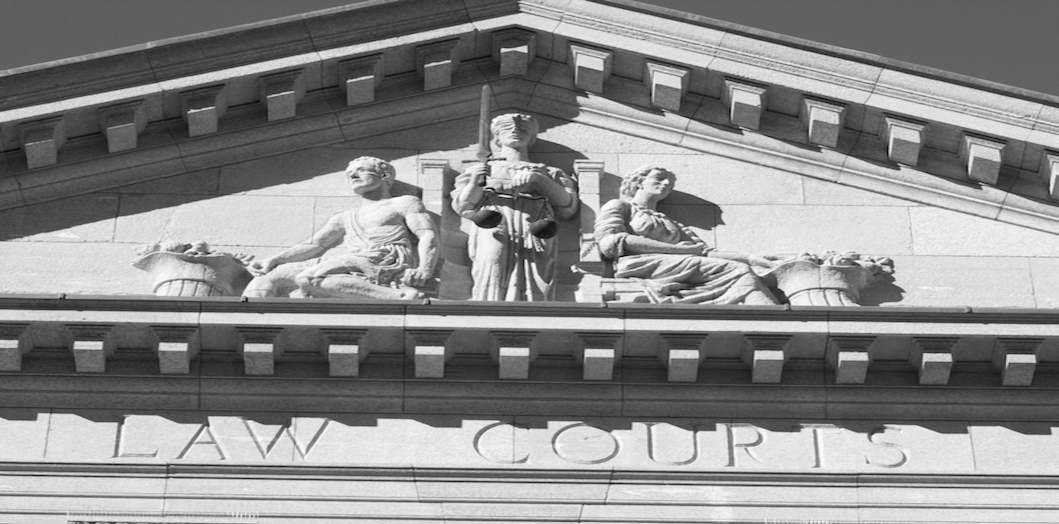
Both Republicans and Democrats expend a great deal of political focus and energy on the composition of the U.S. Supreme Court. Republicans went as far as breaking precedent and brazenly stole a Supreme Court pick from former President Barak Obama. In the midst of all this headline focus and energy on the U.S. Supreme Court, which hears only 1% of the 8,000 cases submitted to it each year, no focus or energy is paid to the real arbiter of day to day justice overseeing where 95% of all U.S. court cases are filed, the bastion of unspoken exclusion, America’s state supreme courts.
No state Supreme Court anywhere in America has the gender or racial composition that reflects the state population it routinely passes judgment on. According to Alicia Bannon, Managing Director of the Brennan Center for Justice at NYU Law, “Across the country, states’ most powerful courts are overwhelmingly white and male, unlike the communities they serve. Our judicial system loses credibility with the public when the judges making the rulings don’t reflect the diversity of the people affected by those rulings. Our courts can’t function without the public’s trust.”

Demographic Composition of State Supreme Courts as Compared to National Population
Bannon is a coauthor of State Supreme Court Diversity, a new report released from the Brennan Center for Justice. The report analyzed the demographics of more than 1,600 people who served as justices on state supreme courts between 1960 and 2019. 6 of the report’s findings were:
- 13 states have not seated a person of color as a state supreme court justice
- 24 states currently lack a justice of color on their state supreme court bench
- White men now make up less than a third of the U.S. population but more than half (56 percent) of state supreme court justices
- Women make up roughly half the U.S. population but hold 36 percent of state supreme court seats
- People of color make up nearly 40 percent of the U.S. population but hold 15 percent of state supreme court seats
- Over the past twenty years, state supreme courts have become less reflective of the nation’s increasingly diverse population. In 1996, there were 63 percent fewer justices of color on state high court benches than would be predicted based on their representation in the general population. In 2017, that gap was 66 percent.
As surprising as these findings are there is one more that is even more mind-boggling, since 1960, the era of the Civil Rights Movement, Supreme Courts in 18 states: Maine, Vermont, New Hampshire, Rhode Island, Delaware, Iowa, Kansas, Nebraska, South Dakota, North Dakota, Montana, Wyoming, Idaho, Utah, Arizona, New Mexico, Alaska and Hawaii have NEVER had an American Black as a Supreme Court Justice.
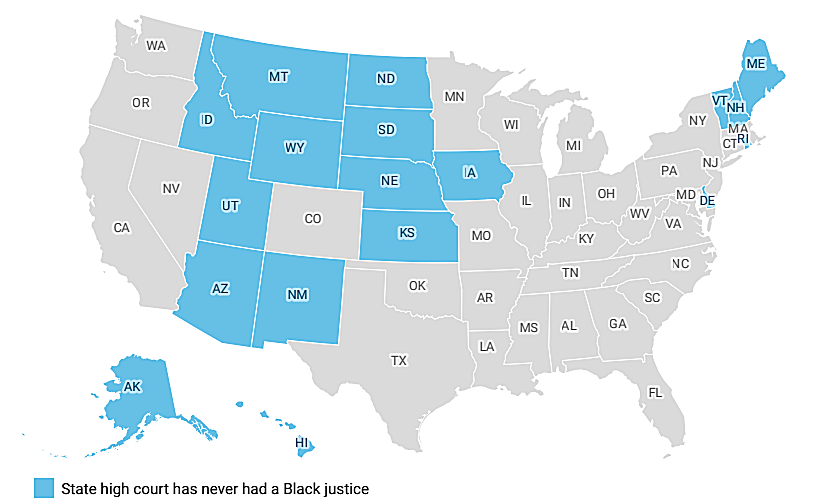
These highlighted states have NEVER had an American Black serve on their State Supreme Court
America’s 50 state courts hear 95% of all the court cases filed in the United States. Each state’s Supreme Court has the final word on interpreting state law and renders decisions that set the course for the lower state court judges. State Supreme Court decisions affect everything from abortion laws, election laws, reversing or upholding multi-million dollar lawsuits, racial, gender, and religious discrimination lawsuits and funding for education.
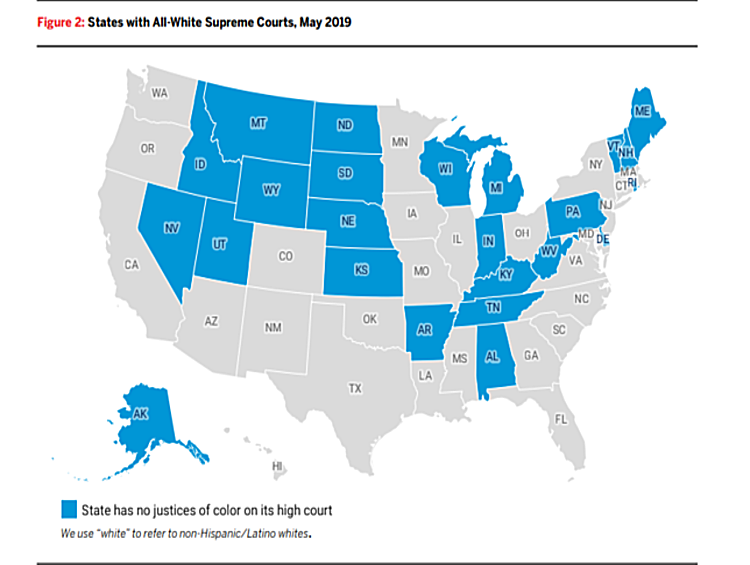
These highlighted states currently have no person of color serving on their State Supreme Court
A 2015 report from the Center for American Progress found that appointed justices of color had a substantially lower reelection rate than white justices. One reason is candidates of color often lack the necessary connections to secure sizable donations, which can lead to a loss of racial and ethnic diversity on the bench. Twenty-seven justices were elected in $1 million-plus races in 2015-16, compared with the previous high of 19 justices in 2007-08. Pennsylvania also set an all-time national record for its 2015 election, attracting a total of $21.4 million in spending for three open seats.
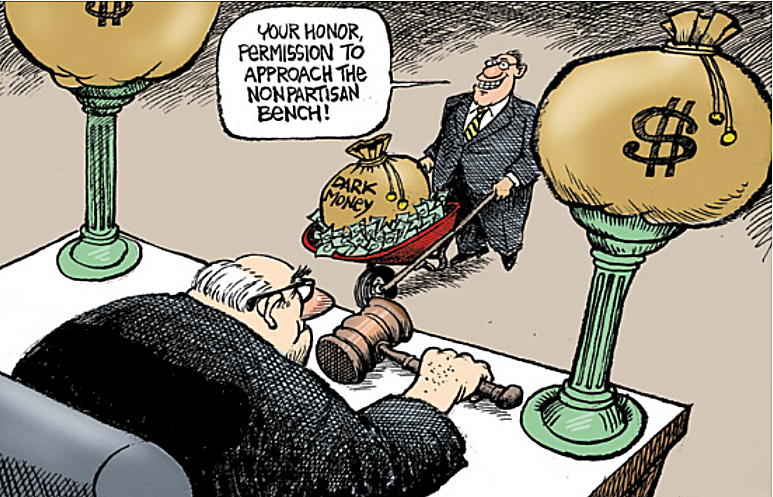
State Supreme Court campaigns have become just as expensive as partisan political campaigns making it harder or impossible for people of color to serve on State Supreme Courts
By 2017, 20 states had at least one sitting justice who had been involved in a $1 million race during his or her tenure. In 1999, the number was only seven. One-third of all elected justices sitting on a state Supreme Court had run in at least one $1 million-plus election. These figures mean across the country high dollar state Supreme Court elections are no longer the exception, but the rule.

Also rather than contributing to candidates or political parties, wealthy interests are increasingly relying on outside spending by groups as a way to influence state Supreme Court elections, mirroring the trend in elections for political offices since the U.S. Supreme Court’s 2010 decision in Citizens United v. FEC. During the 2015-16 state supreme court election cycle, political action committees, social welfare organizations, and other non-party groups engaged in a record $27.8 million outside spending spree, making up an unprecedented 40 percent of overall supreme court election spending compared to only 29 percent in 2013-14.

Experts agree that diverse state supreme courts improve judicial impartiality because having judges with a wide range of perspectives, backgrounds, and experiences lead to a more nuanced and balanced understanding in the application of the law. As former Georgia Supreme Court Judge John Allen explained, “Unquestionably, judges are influenced in their notion of justice by their unique life experiences. It would be a travesty to the population served if their justice is reflected only in terms of the ‘white male’ experience.”
U.S. Supreme Court Justice Sonia Sotomayor expressed a similar sentiment on an unrepresented community’s possible relationship to the courts. She spoke of how experience matters, both in informing the court’s opinions and in ensuring that the population feels “part of the process and not an outsider looking in.”
The state of California has provided a glide-path example to diversifying both a state supreme court and the lower state courts beneath it, through its California LAW (Leadership-Access-Workforce) Pathway whose mission is to diversify the legal profession. It starts in ninth grade as students at 22 high school law academies take three years of law courses. Upon high school graduation, they must take seven required law pathway courses, which are available at 27 community colleges, in order to become a California LAW scholar.

General Population Demographics in the 24 States With All-White State Supreme Courts
After graduation from community college, LAW scholars can choose to attend one of eight undergraduate and law school partners which include four University of California schools (Berkeley, Davis, Irvine and UCLA) and four private schools (University of Southern California, Loyola Marymount University, Santa Clara University and the University of San Francisco). The first high school and college graduates entered law school in the fall of 2018. Of the students that entered the LAW pathway up to 80 percent are students of color. Currently, around 3,000 students are on the law pathway, and 705 are enrolled in community college partnership programs.
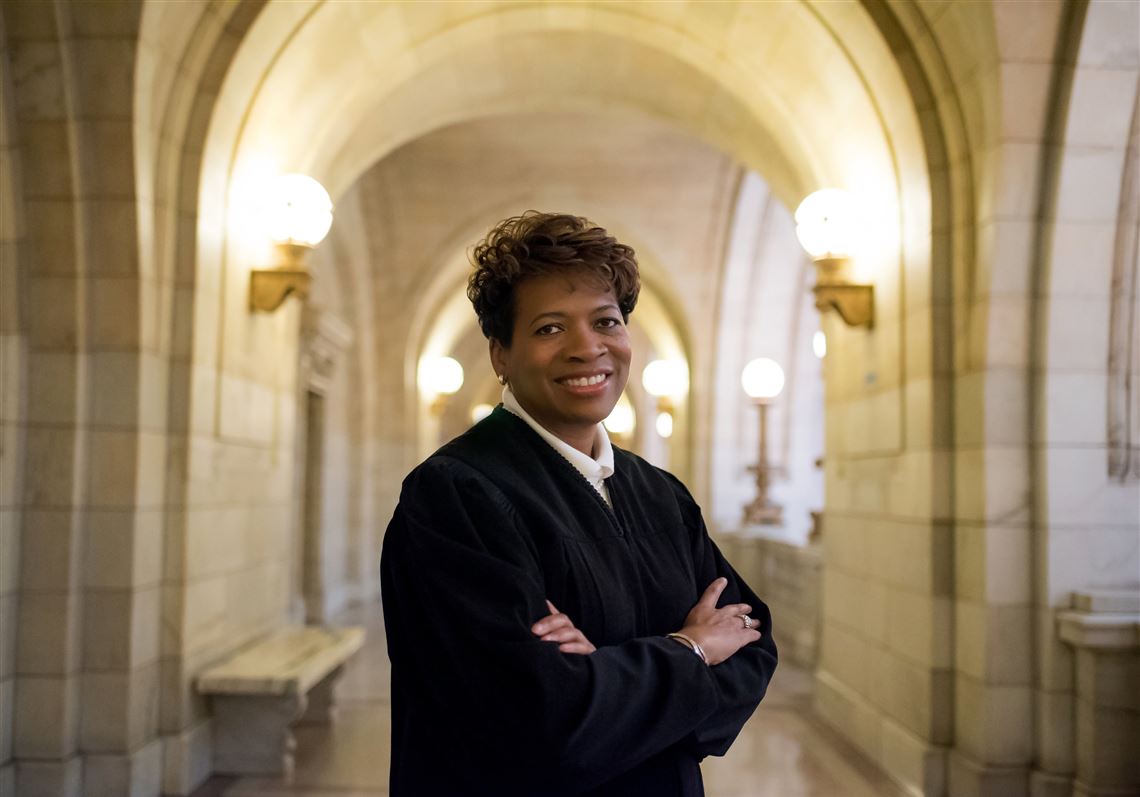
Ohio Supreme Court Justice Melody Stewart’s election in 2018 makes her the first American Black elected to the Ohio State Supreme Court, hopefully she won’t be the last American Black to integrate the remaining 18 state supreme courts that have never had an American Black serve as a State Supreme Court Justice
America’s 49 other states must follow the lead of California. By figuring out how to diversify their state supreme courts, with justices that reflect the racial and cultural makeup of the population that they render life impacting decisions on every day. Failure to do so will inevitably lead to justice DENIED!!!
